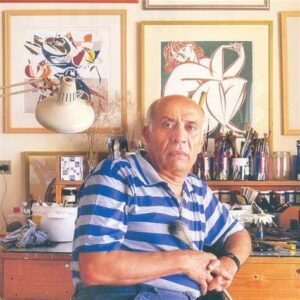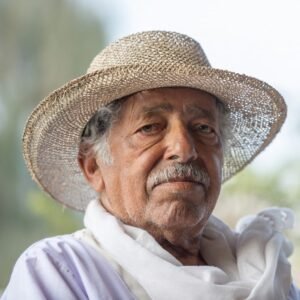
Born 17 February 1948 in Damascus, Syria, into a culturally rich environment that nurtured his visual sensibilities from a young age . Largely self-taught, he began creating art under the influence of folk painter Abu Subhi al‑Tinawi, a neighbor of his grandfather . Drawn to both traditional and modern forms, Ismail initially explored rural themes and vernacular architecture—mud houses, courtyards, and everyday life—using pastel, ink, watercolor, and oil.
🚀 Beirut Beginnings & Stylistic Breakthrough (1966–1980)
In the late 1960s, Ismail moved to Beirut, launching his first solo exhibition . Though early critics were harsh, he found direction through experimentation, ultimately embracing an expressive style marked by elongated figures, compressed spaces, and rich symbolic content. This shift reflected a growing interest in Surrealist-inspired figuration, depicting human anxieties and collective uncertainty .
Ismail quickly gained recognition: he was awarded 3rd Prize at the Damascus Young Artists Exhibition (1971), the Graphic Prize in Berlin (1980), and 3rd Prize at the Sharjah Biennale (1996) .
🧬 Style & Symbolism: A Synthesis of Arabic Heritage
Ismail’s signature style wove together figuration and abstraction. Figures—both human and animal—were drawn with elongated facades, large, somber eyes, flat planes of ochre or earth tones, and gestural, sometimes frenetic, linework . Drawing inspiration from ancient Syrian sculpture, ritual symbolism, and everyday observations, he imbued each piece with psychological depth: confusion, nostalgia, loss, and hope underlined recurring themes .
One exemplar, Roosters (charcoal & pastel, 1970), symbolized both rural tradition and existential denial—an allegory to Peter’s biblical denial—revealed in the artist’s own interpretation .
🗺️ Exhibition Reach & Later Years (1981–2016)
From the 1970s onward, Ismail became a fixture across the Arab art scene, showcasing in Damascus, Aleppo, Homs, Beirut, Cairo, and the Gulf . His work also reached global audiences through shows in Paris, Geneva, Vienna, Doha, Sharjah. Institutions such as the Goethe Institute Damascus dedicated retrospectives in 1969 and 1996, reflecting his long-standing impact.
In 1987, he committed to painting full-time, actively exhibiting until his death on 12 October 2016, in his beloved Damascus.
✒️ Key Works & Artistic Contributions
- Roosters (1970, charcoal & pastel): rural symbols layered with biblical allegory
- Multiple Elongated Figures & Faces (1980s–90s): often human, sometimes blends with animals, symbolizing isolation
- Retrospective Collection (1969–1996): held at Goethe Institute, reflecting decades of expressive evolution.
His art belongs to the category of Neo-Expressionism characterized by its emotional rawness, symbolic layering, and fusion of ancestral motifs with modern introspection .
🌟 Legacy & Cultural Influence
- Represented Syrian Emotional Topography: through intimate, symbolic portraits, he touched on displacement, identity, and shared memory.
- Widespread Influence: his work is featured in galleries and respected auction houses like Christie’s and Ayyam.
- Cultural Ambassador: exhibitions across Arab and Western capitals reflect his role in bridging Syrian modern art and global expressionist movements.
- Emotional Resonance: critics praised his capacity to distill anxiety and hope, utilizing color and line like “scars and remnants of feeling”.
🧭 Final Reflection
Nazir Ismail left behind a profound repository of emotional landscapes—each elongated figure and ochre plane a meditation on identity, memory, and belonging. His commitment to authenticity and cultural depth positions him alongside major 20th-century Arab artists. From dusty alleys of Damascus to prestigious galleries, his legacy endures as an uncompromising voice of contemporary Syrian conscience.
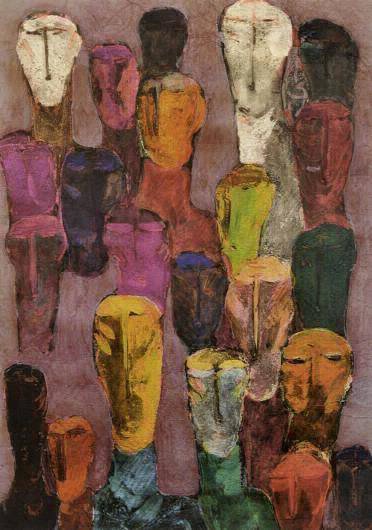
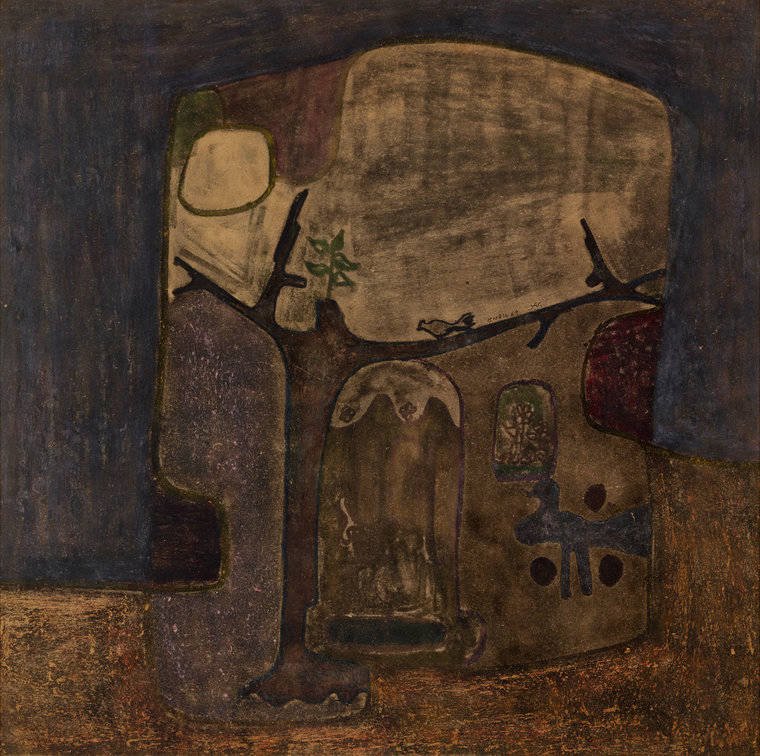

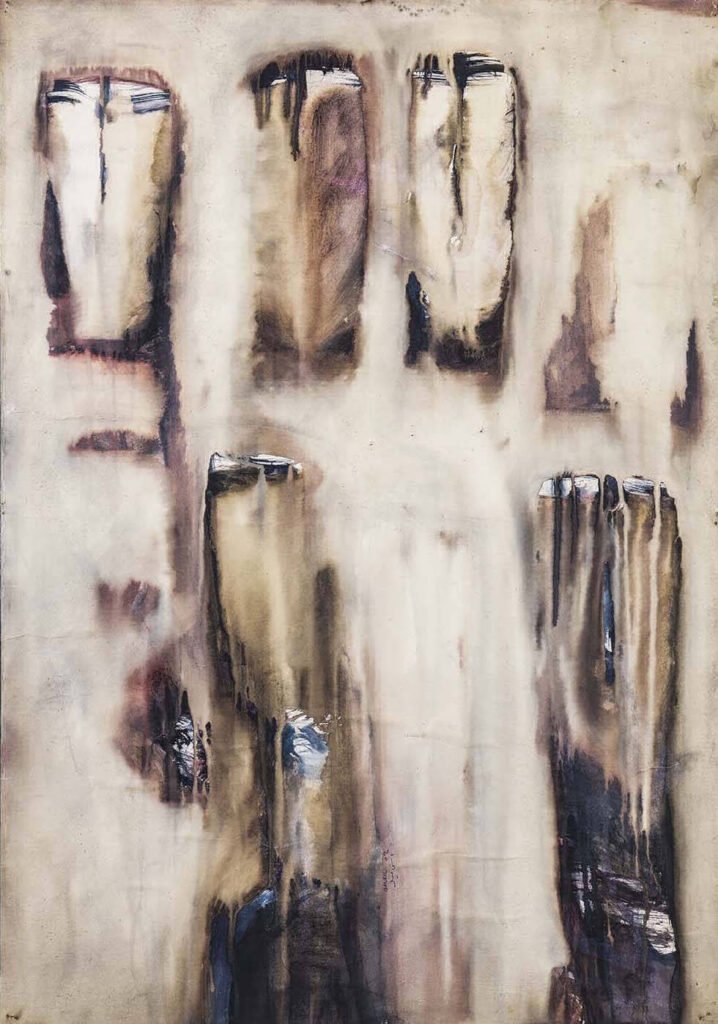

📚 Sources
- Atassi Foundation – Nazir Ismail christies.comansazura.com+8atassifoundation.com+8nazirismail.com+8
- Dalloul Art Foundation – biography and CV dafbeirut.org
- Ans Azura & Art on 56th – stylistic overview, exhibitions arton56th.com
- Christie’s – analysis of Roosters (1970)
- Artsper & National Gallery (JNGFA) – classification & awards artsper.com+1nationalgallery.org+1



